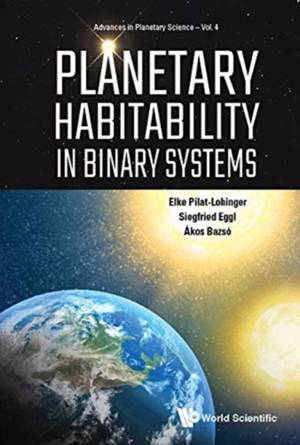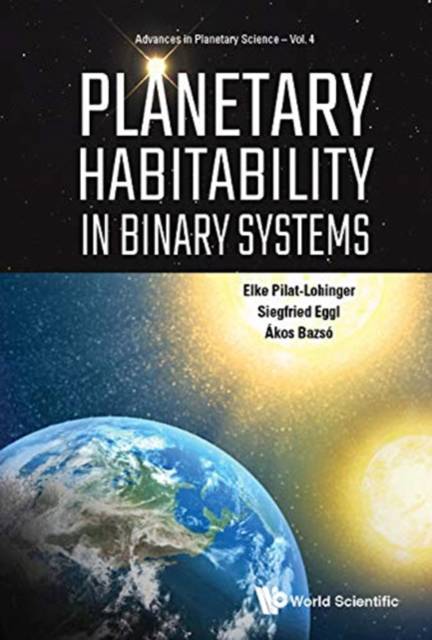
- Afhalen na 1 uur in een winkel met voorraad
- Gratis thuislevering in België vanaf € 30
- Ruim aanbod met 7 miljoen producten
- Afhalen na 1 uur in een winkel met voorraad
- Gratis thuislevering in België vanaf € 30
- Ruim aanbod met 7 miljoen producten
Zoeken
€ 134,45
+ 268 punten
Omschrijving
Astrophysical research has led to the detection of thousands of planets outside the Solar System. About one-tenth of the extrasolar planets discovered so far reside in binary- or multi-stellar systems, and some of the closest known rocky exoplanets populate these multiple-star systems. While such environments seem good places to look for a second Earth, can Earth-like planets with two or more suns be habitable? And do solar system-like configurations have to be detected to find a habitable exo-Earth?This book addresses these questions. Starting with a brief overview of the various types of double star-planet configurations that have been observed so far, the book discusses the intriguing variety of planetary motion in such environments, taking into account the stellar type, evolution, and activity, and elaborates on how the presence of an additional stellar companion affects planet formation, system architectures and the habitability of planets in binary star systems. New methodologies developed in this area of research are explained and demonstrated for systems such as Alpha-Centauri, HD41004, Kepler-35, and many others. This monograph provides a grand entry to the exciting results that we expect from new missions like TESS, CHEOPS and Plato.
Specificaties
Betrokkenen
- Auteur(s):
- Uitgeverij:
Inhoud
- Aantal bladzijden:
- 204
- Taal:
- Engels
- Reeks:
- Reeksnummer:
- nr. 4
Eigenschappen
- Productcode (EAN):
- 9789813275126
- Verschijningsdatum:
- 8/03/2019
- Uitvoering:
- Hardcover
- Formaat:
- Genaaid
- Afmetingen:
- 152 mm x 229 mm
- Gewicht:
- 439 g

Alleen bij Standaard Boekhandel
+ 268 punten op je klantenkaart van Standaard Boekhandel
Beoordelingen
We publiceren alleen reviews die voldoen aan de voorwaarden voor reviews. Bekijk onze voorwaarden voor reviews.








